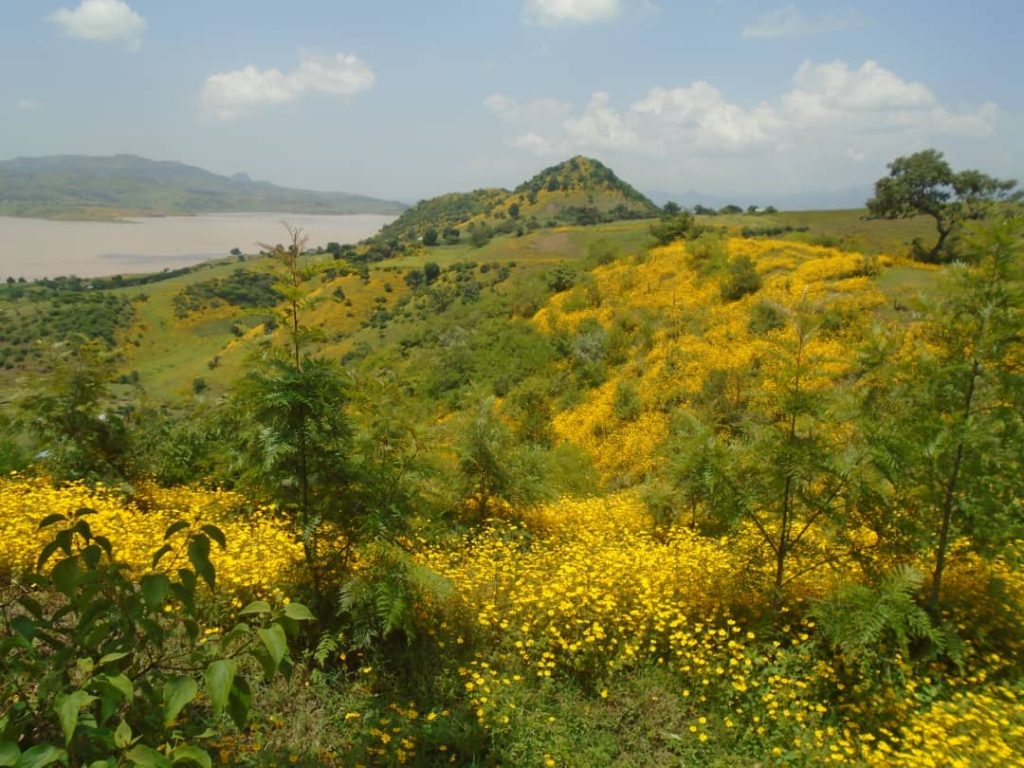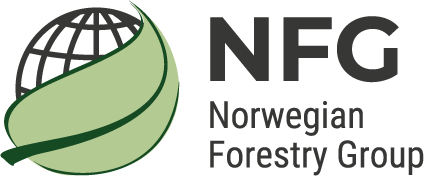The Forest Landscape Restoration Program in Amhara, both phase I and II, aims to restore highly degraded forest landscapes in the highlands of northwestern Ethiopia. The project adopts a landscape approach to forest restoration, which will look at the areas from a multifunctional perspective, and combine natural resource management with environmental and socio-economic measures.

The program’s phase 1 is completed.
Phase 1 of the program were planned with these expected 5 outcomes:
- Land Use Planning with local participation and involvement.
- High quality planting materials used locally.
- Restored landscapes and improved land use in the program area.
- Increased commercial wood stock available after full rotation.
- Increased capacity of implementing FLR.
All work packages in the program were concluded in accordance with agreement by 30th of April 2022. The program has met and partly exceeded the results framework set for the project in 2017.
The most important results for the program are particularly linked to the development of various land use plans covering 245,000 hectares of which 166,646 hectares are identified areas suitable for restoration. The most detailed restoration efforts are planned through 12 Land Use Plans covering 78 509 hectares, where selected areas has received forestry interventions by the program. The latter areas have potential as areas for Exclosures, which are areas that have had very strong grazing pressure and where the original vegetation has been strongly restored. On 137,184 hectares of these areas, 1,035 Bylaws (guidelines) have been signed, which is a kind of voluntary protection. A total of 81,693 people has signed Bylaws on reduced grazing in the areas. The intention of the restrictions is that the vegetation will eventually return and that the landscape will be restored.
Another main component of the project has been to establish 8 “Green Villages” as model villages. In connection with these villages, among other things, 51 demonstration areas for various agricultural productions have been established, 8 training centers for agriculture and 8 premises for further processing of agricultural products, have been built or restored. Other intensives have been provided for farmers such as beehives, green houses and energy efficient stoves. The intention is to strengthen agricultural production in/near the villages so that the pressure to use the forest areas is reduced.
The program has furthermore established support functions by strengthening 9 local nurseries and strengthened laboratories for vegetative propagation of improved plant material. In total, approx. 4.2 million forest- and fruit seedlings have been produced and distributed and 1,151 hectares of energy-forests and agro-forests have been planted. A variety of tree species are used, including improved material of fruit trees. Otherwise, training material has been developed for 33 course series and courses have been conducted for 288 development agents, 50 training teachers and 7738 farmers. In addition, material was developed on environmental education and used in education of 8668 school children.
The program was organising several “Green Table” meetings and workshops on relevant topics for all the stakeholders.
